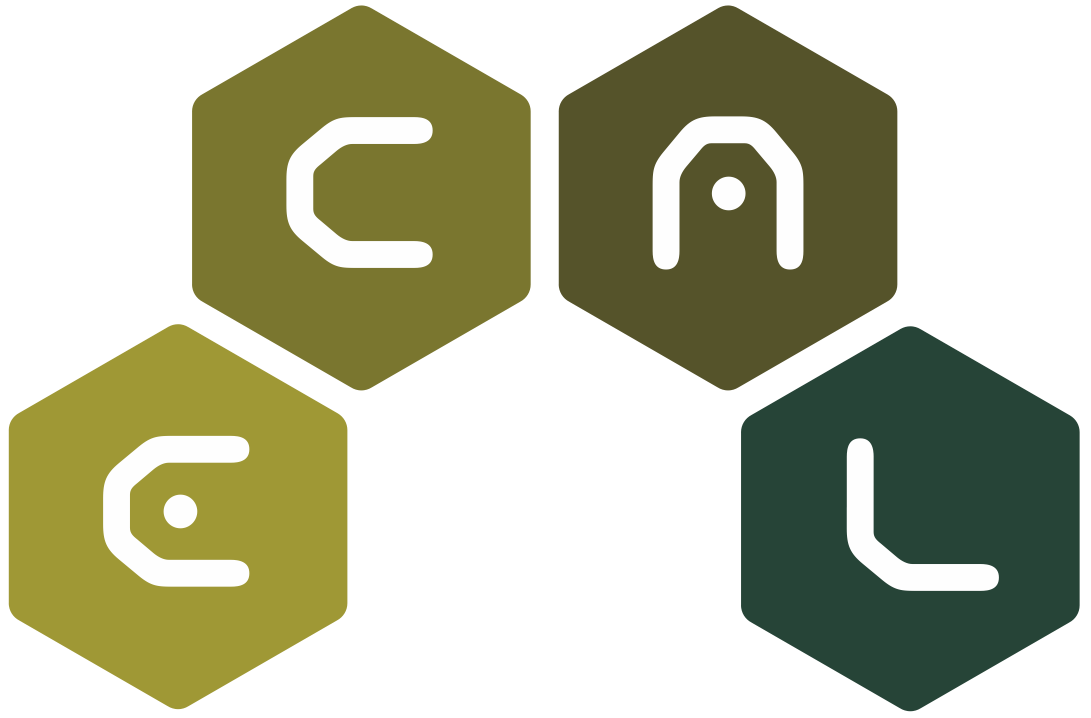Title
A Passive Mechanism for Goal-Directed Navigation using Grid Cells

A Passive Mechanism for Goal-Directed Navigation using Grid Cells
Download via this paper's page on the MIT Press ECAL 2015 Proceedings website.
As more is becoming understood about how the brain represents and computes with high-level spatial information, the prospect of constructing biologically-inspired robot controllers using these spatial representations has become apparent. Grid cells are particularly interesting in this regard, as they provide a general coordinate system of space. Artificial neural network models of grid cells show the ability to perform path integration, but important for a robot is also the ability to calculate the direction from the current location, as indicated by the path integrator, to a remembered goal. Present models for goal-directed navigation using grid cells have used a simulating approach, where the networks are required to actively test successive locations along linear trajectories emanating from the current location. This paper presents a passive model, where differences between multiscale grid cell representations of the present location and the goal are used to calculate a goal-direction signal directly. The model successfully guides a simulated agent to its goal, showing promise for implementing the system on a real robot in the future. Some possible implications for neuroscientific studies on the goal-direction signal in the entorhinal/subicular region are briefly discussed.